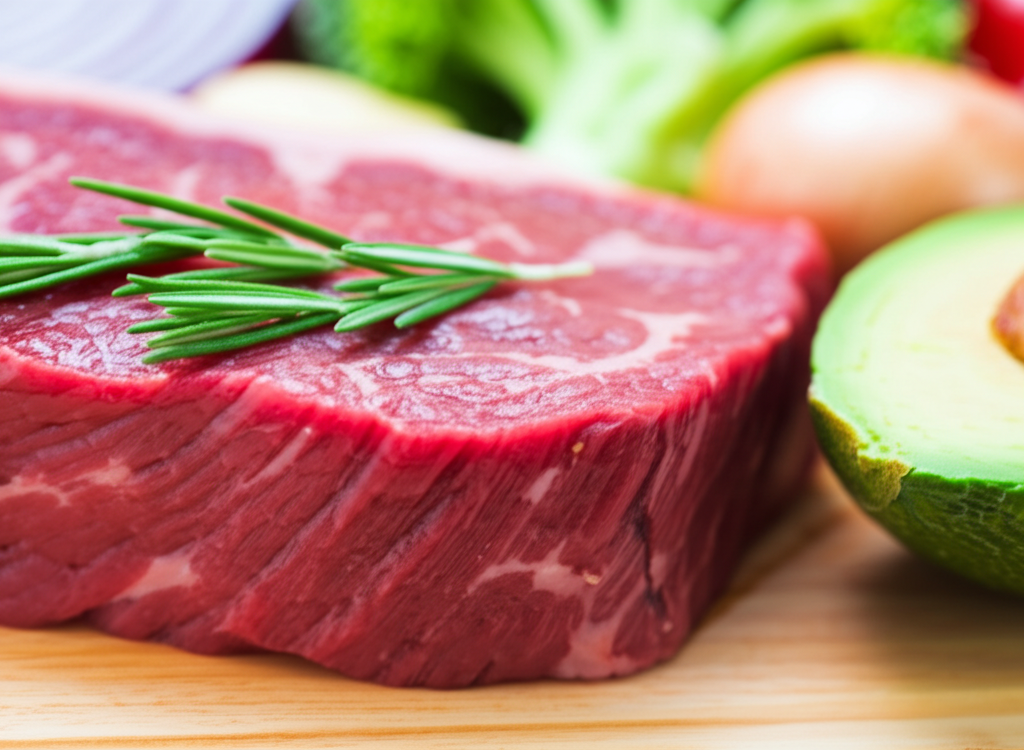Intermittent fasting is a valid technique, not a diet, but a way of eating designed to achieve specific metabolic effects within the body. With extensive experience in the field of metabolism, focusing on its role in energy production, movement, and overall health, observations across numerous individuals, exceeding 200,000 people through various wellness centers located across 8 countries, have revealed key obstacles to achieving their goals. These goals often include weight loss, increased energy levels, and managing diabetes without medication. The common denominator is the need to improve metabolism, as it provides the necessary energy to reach these objectives.
The human body, as observed over years of study, is a remarkably designed system. Any issues that arise are often connected to a lack of understanding on the part of the individual. When aiming to repair or optimize metabolism, certain basic needs must be addressed.
First and foremost, proper hydration is crucial. Many individuals struggling with overweight or diabetes do not consume enough water. A formula exists to determine adequate water intake, which can be found through various resources. Without sufficient hydration, optimal results will be difficult to achieve.

Secondly, the body’s detoxification capabilities must be considered. One common toxic condition is an overgrowth of the Candida fungus. Individuals with overweight, obesity, or diabetes tend to have higher levels of Candida. This fungus releases toxins that can overload the liver, hindering its detoxification processes. Therefore, addressing Candida overgrowth can be a beneficial step in improving metabolic function. Cleansing programs can help to reduce Candida levels and alleviate the toxic burden on the body.
Finally, following the correct diet is essential for restoring metabolism. The ideal diet should be tailored to an individual’s nervous system type, whether it is excited or passive. Further details on this distinction can be found in dedicated resources. Those with an excited nervous system may benefit from more vegetables, salads, and less red meat, fat, and salt. Conversely, those with a passive nervous system may thrive on more red meat, salt, and fat. Recognizing these individual differences is key to dietary success.
Once these foundational elements are in place – hydration, reduced Candida levels, and a tailored diet – individuals often experience increased energy, improved sleep, and a desire to exercise. However, if progress towards weight loss goals stalls, insulin resistance may be a factor. Insulin resistance often develops in individuals with overweight due to consistently elevated insulin levels.

To overcome insulin resistance, intermittent fasting can be highly effective. However, it is crucial to prepare the body beforehand. Hydrating well, addressing Candida, adopting the correct diet, and achieving a baseline level of energy are important steps. During intermittent fasting, the body relies on the liver to provide sustenance during periods of food restriction, typically 14-16 hours. A healthy, clean liver can provide energy for up to 24 hours through stored glycogen (glucose).
To ensure adequate glycogen storage, supplementing with magnesium and potassium is vital. Without sufficient magnesium and potassium, ingested food may not convert into glycogen, leading to hunger during fasting. To perform intermittent fasting correctly, set a schedule, such as eating the last meal by 8 pm and not eating again until 12 pm the following day, creating a 16-hour fasting window. During this time, the body will tap into glycogen stores in the liver for energy. When the body is adequately prepared, the liver will function efficiently due to the prior preparations. Thus, intermittent fasting can be used to break insulin resistance.



